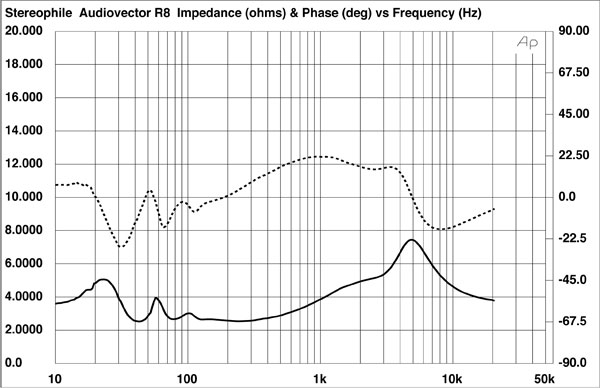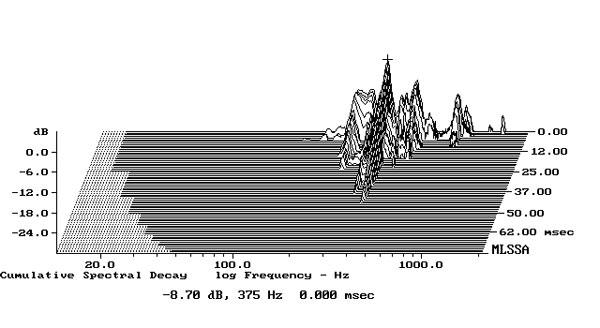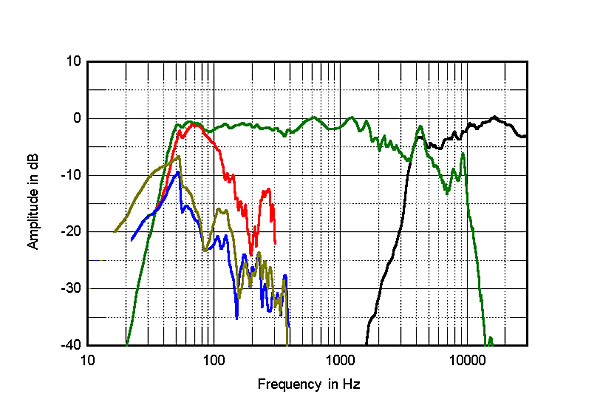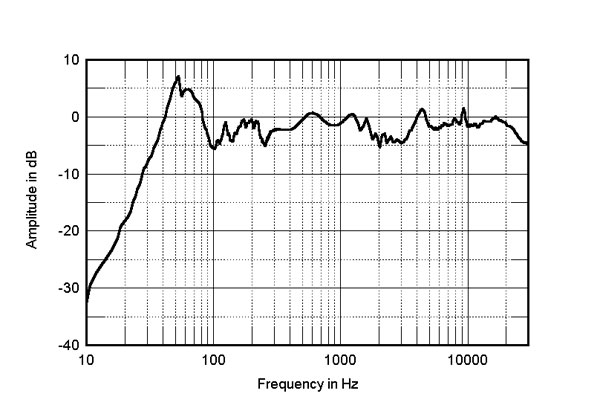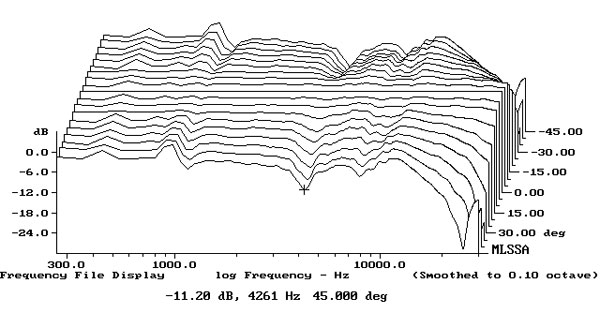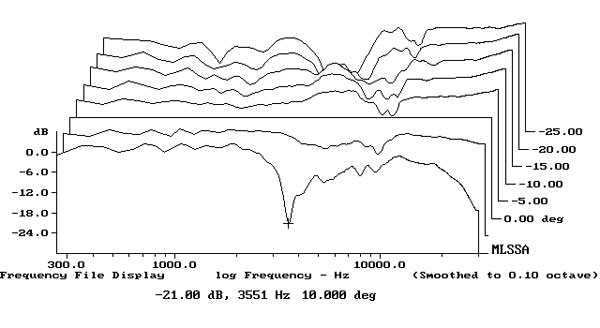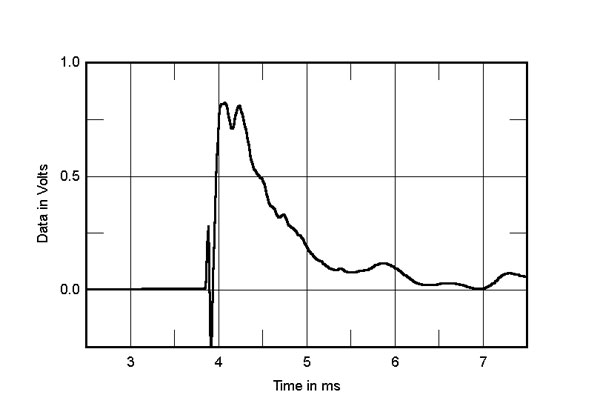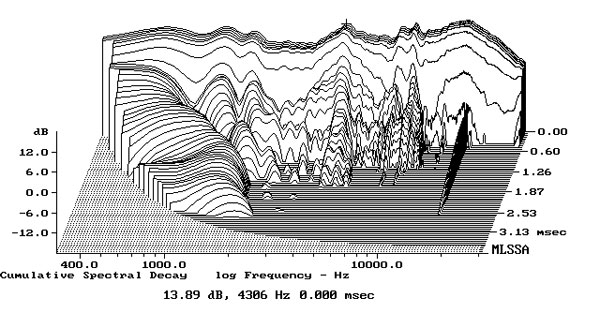| Columns Retired Columns & Blogs |
It certainly looks amazing (not sure if $70,000 amazing), but I find it odd that the tonality can’t be more linear (doesn’t have to be flat, just smooth), but nice to see the wide directivity allowed by having multiple drive units of different sizes.
